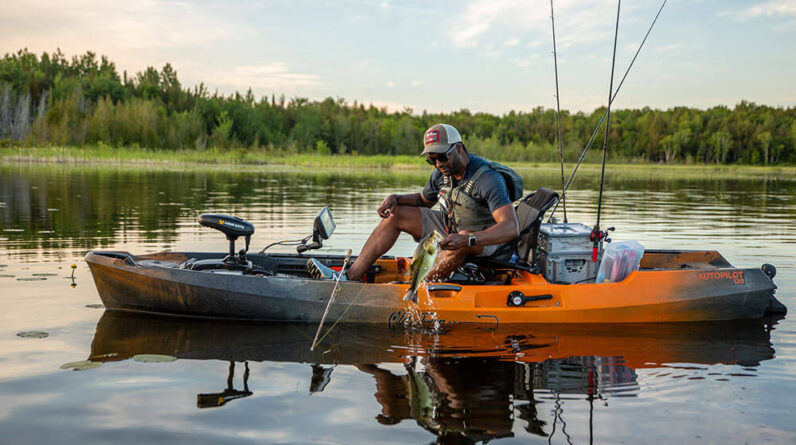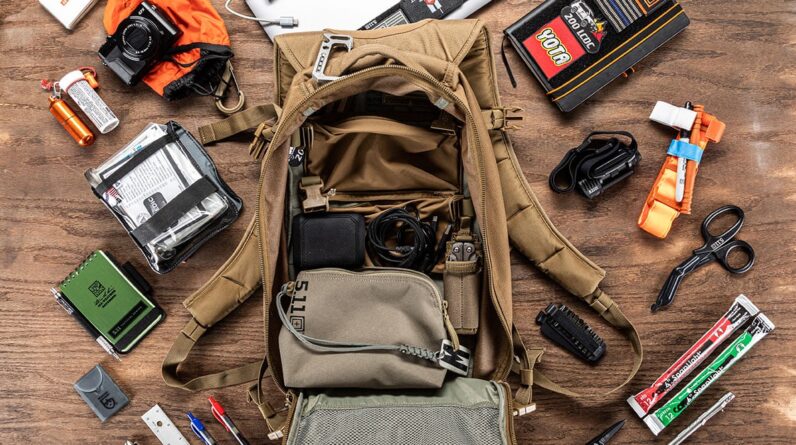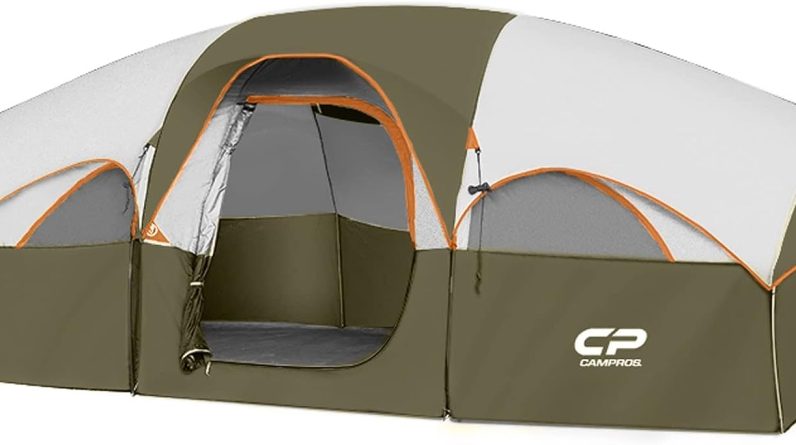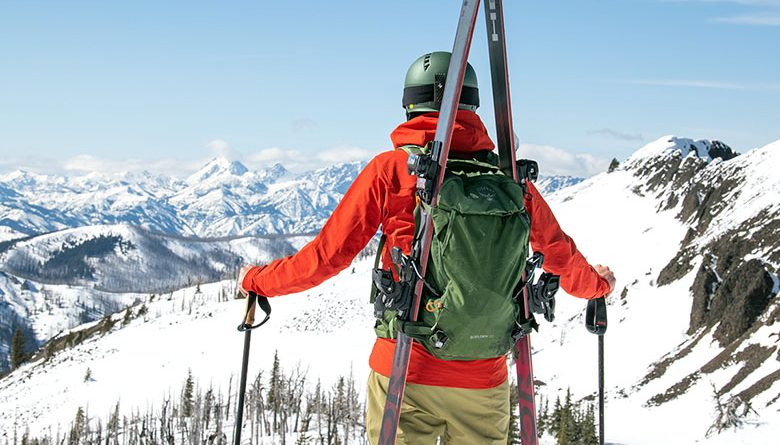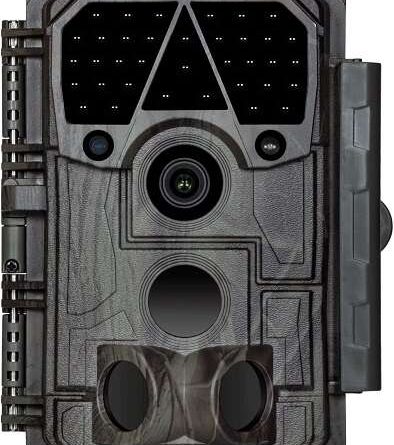
Hey there! Are you looking for the best trail camera to help you monitor game activity? Well, look no further because we’ve got the ultimate guide for you!
In this article, we’ll share everything you need to know about choosing a trail camera that’s perfect for monitoring game activity. From the different types of cameras available to the features you should look out for, we’ll cover it all. We’ll also provide you with some tips and tricks to make the most out of your trail camera experience. So, if you’re ready to up your game monitoring skills, keep reading to find out more! If you are an avid hunter or wildlife enthusiast, you understand the importance of monitoring game activity in order to increase your chances of success. One of the most effective tools for this task is a trail camera. Trail cameras are remote cameras that can be set up in the field to capture photos or videos of wildlife. They are a valuable asset for tracking wildlife patterns, identifying specific animals, and scouting for potential hunting spots.
With so many options available on the market, it can be overwhelming to choose the right trail camera for your needs. This ultimate guide will walk you through the key factors to consider when selecting a trail camera, ensuring that you make an informed decision.

This image is property of securitybros.com.
1. Understanding Trail Cameras
Before diving into the specifics, it’s important to understand the different types of trail cameras available. The two main types are traditional trail cameras and cellular trail cameras.
Traditional trail cameras are stand-alone devices that store photos or videos on a memory card. They require physical retrieval of the memory card in order to view the footage. On the other hand, cellular trail cameras have built-in wireless capabilities, allowing you to remotely access and receive photos or videos via a cellular network.
Types of trail cameras
There are two common types of traditional trail cameras: infrared (IR) and white flash trail cameras. IR cameras use infrared LEDs to capture images in low-light conditions, while white flash cameras use a bright flash to capture color images at night. Each type has its pros and cons, so it’s essential to consider your specific needs and preferences.
Key features to consider
When choosing a trail camera, several key features should be evaluated. These include resolution, trigger speed, detection range, image and video quality, battery life, power options, storage capacity, memory card compatibility, durability, weather resistance, additional features like wireless connectivity and GPS functionality, as well as budget considerations.
2. Determining Your Monitoring Needs
Before delving into the technical details, it’s crucial to identify your specific monitoring needs and purpose for using a trail camera. Are you using it primarily for hunting purposes or wildlife photography? The answers to these questions will guide your decisions throughout the trail camera selection process.
Identifying your purpose
If your main goal is hunting, you may prioritize features such as quick trigger speeds and long detection ranges to capture wildlife as they move through an area. On the other hand, if you are more interested in wildlife observation or photography, you might focus on image and video quality to capture detailed shots.
Selecting the right resolution
Resolution is a significant factor in determining the clarity of images and videos captured by a trail camera. Higher resolutions offer more detailed images, but they also result in larger file sizes and potentially shorter battery life. Consider your desired level of detail and the amount of storage space you have available when selecting the resolution.
Choosing the appropriate trigger speed
Trigger speed refers to the time it takes for a trail camera to detect motion and capture an image or start recording a video. Fast trigger speeds are essential for capturing fast-moving wildlife. A slow trigger speed might result in missed opportunities and blurry images. Aim for a trail camera with a trigger speed of 0.5 seconds or less.
Considering the detection range
The detection range of a trail camera is the distance at which it can detect motion and trigger the capture of images or videos. A longer detection range is beneficial for capturing activity in a larger area. Depending on your monitoring needs, consider a trail camera with a detection range of at least 60 feet or more.
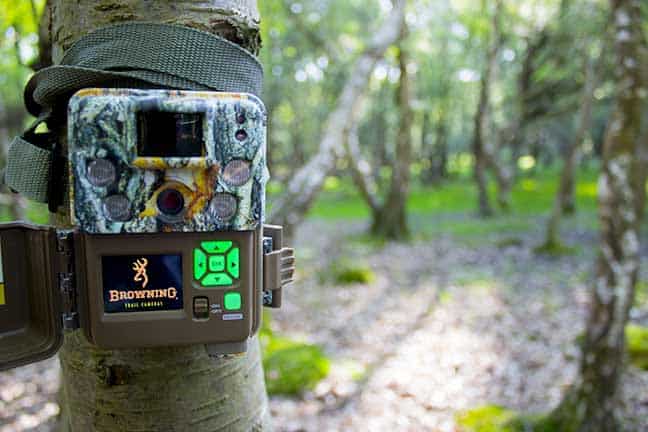
This image is property of outdoorwilds.com.
3. Evaluating Image and Video Quality
One of the primary purposes of a trail camera is to capture clear and detailed images and videos. Consider the following factors when evaluating the image and video quality of a trail camera.
Resolution options
Trail cameras typically offer a range of resolution options, ranging from as low as 1 megapixel (MP) to as high as 30 MP or more. Higher resolution cameras will provide sharper and more detailed images, but they also require more storage space and can drain the battery faster.
Image and video clarity
In addition to resolution, consider the quality of the lens and the camera’s image processing capabilities. Look for trail cameras with high-quality lenses and advanced image processing features to ensure clear and crisp images and videos.
Night vision capabilities
Since monitoring game activity often occurs during low-light conditions, it’s crucial to consider the night vision capabilities of a trail camera. Look for cameras with infrared (IR) LEDs or white flash capabilities that provide sufficient illumination for capturing clear images at night. IR cameras are generally preferred for their ability to capture images discreetly without startling wildlife.
4. Assessing Battery Life and Power Options
The battery life of a trail camera is essential, as it determines how long the camera can operate in the field before the batteries need to be replaced or recharged. Consider the following factors when assessing the battery life and power options of a trail camera.
Battery life considerations
Battery life can vary significantly depending on factors such as the type of batteries used, the number of batteries required, and the camera’s power-saving features. Look for trail cameras with long battery life or consider using external power sources such as solar panels or battery packs for extended operation.
Power source options
Trail cameras typically use either AA or AAA batteries. While AA batteries are more common and widely available, AAA batteries are more compact and lightweight. Consider the availability and convenience of the battery type when selecting a trail camera.

This image is property of assets.website-files.com.
5. Examining Storage and Memory
The storage and memory capabilities of a trail camera can impact how many photos or videos can be captured before needing to be retrieved or the memory card is full. Consider the following factors when examining storage and memory characteristics.
Storage capacity
The storage capacity of a trail camera is usually dictated by the capacity of the memory card it supports. Most trail cameras accept SD cards, with capacities varying from a few gigabytes to several terabytes. Higher storage capacity allows for more photos and videos to be captured before needing to be retrieved.
Memory card compatibility
Ensure that the trail camera is compatible with the type and size of memory card you plan to use. Check for compatibility with SD, SDHC, or SDXC cards and consider the read and write speeds of the memory card for efficient data transfer.
6. Considering Durability and Weather Resistance
Trail cameras are designed to withstand outdoor conditions, including harsh weather and potential encounters with wildlife. Consider the following factors when evaluating the durability and weather resistance of a trail camera.
Ruggedness and longevity
Look for trail cameras with rugged construction and durable materials that can withstand the elements and potential impacts. Cameras with sturdy housing and quality seals are less likely to be damaged in rough conditions.
Weatherproof features
Consider the environmental conditions in which the trail camera will be used and ensure that it has adequate weatherproofing features. Look for cameras with an IP rating that indicates the level of protection against dust and water.
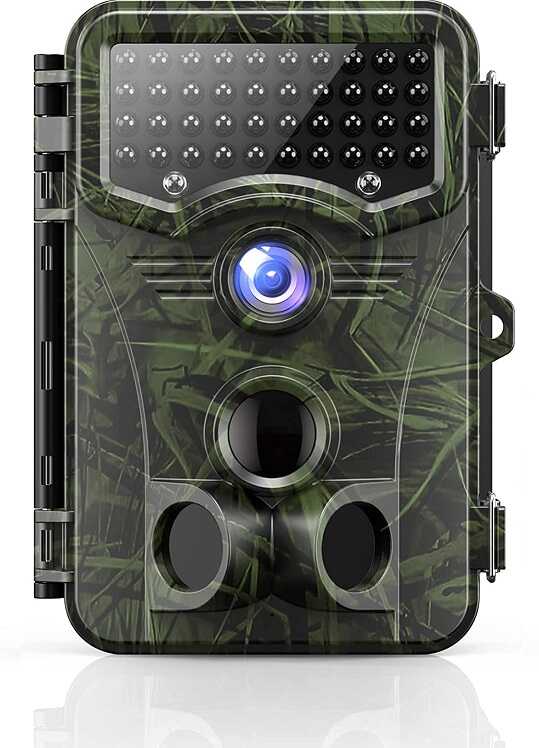
This image is property of securitybros.com.
7. Exploring Additional Features
Trail cameras can offer a range of additional features that can enhance your monitoring experience. Consider the following features when exploring different trail camera options.
Wireless connectivity options
Wireless connectivity allows you to receive photos or videos directly to your smartphone or computer without physically retrieving the memory card. This feature can be especially useful for remote monitoring and real-time updates.
Remote access and control
Some trail cameras offer remote access and control capabilities, allowing you to adjust settings, view live feeds, and trigger the camera remotely via a smartphone app or a web portal.
GPS functionality
Trail cameras with built-in GPS can provide location data for each photo or video captured. This feature can be useful for tracking the movements and patterns of wildlife.
8. Comparing Brands and Models
When choosing a trail camera, it’s important to research reputable brands and read customer reviews to get an idea of the reliability and performance of different models. Consider comparing specifications such as resolution, trigger speed, detection range, and additional features to find the best fit for your needs.
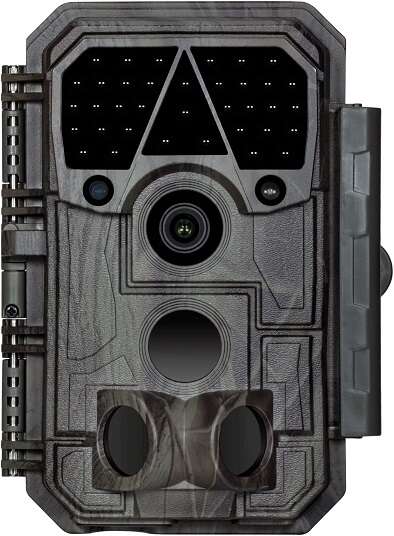
This image is property of securitybros.com.
9. Setting a Budget
Before finalizing your decision, it’s essential to determine your spending limit and find a trail camera that offers the best value for your money. Consider the features and specifications that are most important to you and prioritize your budget accordingly.
10. Conclusion
Choosing the right trail camera for monitoring game activity is crucial for enhancing your hunting or wildlife observation experience. By understanding the various types of trail cameras and evaluating key factors such as resolution, trigger speed, detection range, image and video quality, battery life, storage and memory, durability, weather resistance, additional features, and budget considerations, you can make an informed decision that suits your specific needs and preferences. Remember to research reputable brands, read customer reviews, and compare specifications to find the best trail camera that will help you capture and monitor the wildlife activity you’re interested in. Happy tracking!

